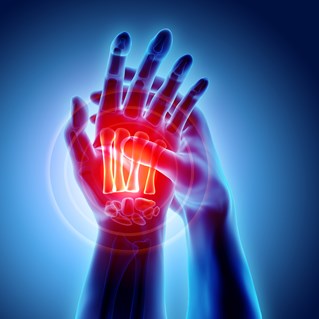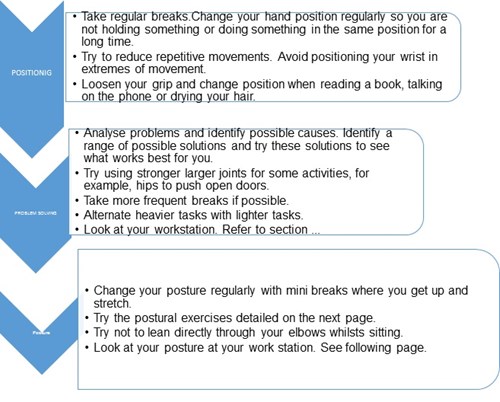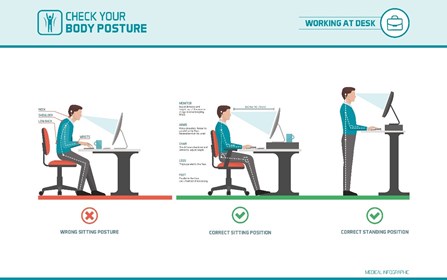
Self-management
What else can you do?
Try not to worry
It is only natural to feel worried. However, feelings such as worry, anxiety, fear, or negative expectations about treatment may prevent or delay recovery.
Painkillers
A range of different medications are available to help reduce your pain to allow you to move more comfortably. Pain control can help your rehabilitation progress and does not just “mask” your pain.
If you are unsure of what medication you can take, speak with your local pharmacist, practice nurse or GP for guidance. Do not exceed the daily allowance of these medicines even if your pain is high and always consult a health professional prior to taking any new medication. It is important that if you are prescribed medication that you take them regularly and at the recommended dose (see medication packet for details). All medicines can cause side-effects, particularly if they are not used as prescribed. Side-effects range from common to uncommon and vary from person to person. Information on possible side-effects are available on the leaflet inside the packaging of your medication. It is important to speak to your local pharmacist, practice nurse or GP who may be able to change the dose or the medication itself to something that is more suitable.
General Health
Your mental, emotional and physical health and wellbeing is vital in your recovery. Many factors can impact on your arm and hand pain; giving up smoking, losing weight, increasing your fitness, sleeping well and reducing stress can all aid in your recovery.
See the links in the website section for more information and support.
It’s not what you do, it’s the way that do it!
Positioning and posturing are thought to aggravate the symptoms of Carpal Tunnel and Cubital Tunnel Syndrome. Therefore, it is important to look at these points. Small changes can make a big difference.
Making small changes
The three very important P’s!
Small changes can make a big difference.

Looking at your posture
As the nerves start in your neck and travel along the length of your arm, it is important to be aware of your posture, particularly your neck and shoulders. Our bodies like regular movement. Try the exercise below little and often as way of interrupting your posture and keeping things moving.
‘Shoulder Roll’
Do the exercise slowly, 10 times per session and five times per day.

Diagram: Showing how to ‘Shoulder Roll’
Sitting
Always sit with your bottom and spine back in a firm chair, with shoulders relaxed.
Your elbows should rest by your side, with wrists straight and feet firmly on the floor.
When working at the computer, keep your screen at eye level so you are not bending over your work. Ensure you are using a height-adjustable chair with a supportive back rest. Keep your hands and wrists relaxed and supported. Taking regular breaks during prolonged periods of work can reduce strain and discomfort. See the picture on the following page for a guide to working at a desk.
Guide for working at a desk

Diagram 1: Work Posture Suggestions
Click HERE for a printable version of this section.